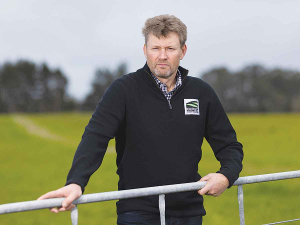Retiring chair Jim van der Poel has used his final AGM to announce the intention to increase the DairyNZ farmer levy for the first time in the industry-good body's 17-year history.
Staff numbers have been trimmed and van der Poel praised the DairyNZ team for doing a great job of adding value and reorganising to be fit for purpose.
"However, to continue to deliver to farmers, and to balance the books, we have previously drawn down on cash reserves. This of course, is unsustainable into the future. This means DairyNZ must look to lift the farm levy for the first time in 17 years," he said.
The levy has stood at 3.6 cents/kgMS since DairyNZ's establishment.
Van der Poel said DairyNZ would consult with farmers before any decision is made, and that was likely to happen early next year.
"This is not an easy decision, but we have to find more funding for essential science and research in the face of rising costs, and to ensure financial sustainability to position the sector well in the future."
The decision would be separate to the six-yearly levy vote which gives farmers the opportunity to reaffirm or otherwise their continuing support for the DairyNZ levy, which is next due at the end of 2026.
Read More

















